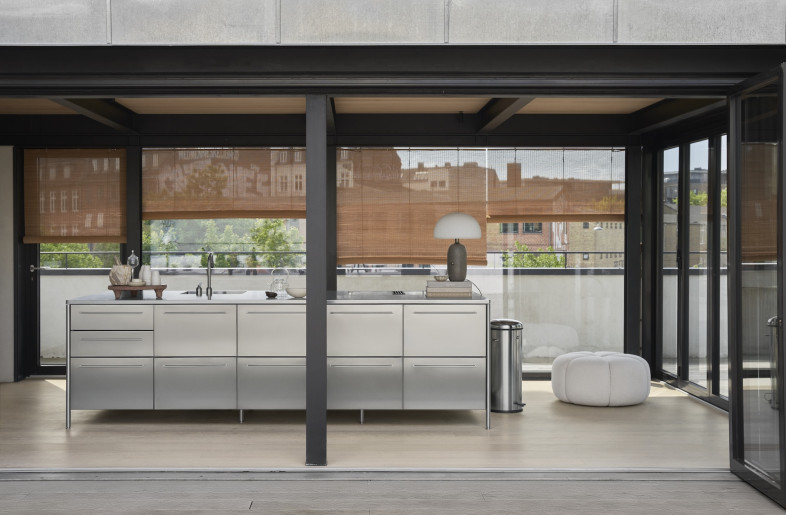UNStudio’s Panorama system for Fantoni provides a multifaceted working landscape that taps into the power of third spaces.
Falling office tenancies, the rise of WFH and hybrid working and evolving technologies beg a new focus on workspace design. Comprising a series of partitions and soft seating, the Panorama system lays the foundation for flexible work set-ups that can easily adapt to changing user needs. UNStudio founder Ben van Berkel conceived the Fantoni elements with collaboration, learning and focus and socializing in mind; each action is a conceptual pillar representing the type of space that can emerge from the Panorama products.
The collection is a direct response to the increasing need for spatial ambiguity, which helps maximize the value and use of office space. But installation is not necessarily limited to existing workspace. ‘Large organizations will undoubtedly continue to adopt new working models as space becomes a strategic lever, optimizing the interaction between the management of real estate and that of human assets,’ says the Fantoni team. ‘But changing spaces is also a way of changing corporate culture, designing flexible workspaces to increase engagement.’




Van Berkel took inspiration from third spaces – like cafés, libraries and parks – which act as a buffer between offices and the home. Panorama recreates this type of transitory, hybrid environment, where people can design their workday autonomously. Some of the Panorama set-ups generate open areas in which users can meet and brainstorm spontaneously, while others carve out focused nooks for dedicated work. No matter the configuration, however, the purpose of Panorama is to imbue a sense of community inherent to the third space ideology.
A combination of neutral and eye-catching colours graphically edged in black lining give the Panorama settings an aesthetic appeal. Recyclable and sustainable materials, like chipboard panel produced in-house using 100 per cent post-consumer wood, were used in manufacturing. Coat racks, monitor suspension systems and magnetic cable runs are among the accessories that can be affixed to the partitions, fulfilling necessary functional requirements in even the sparsest work environments.










